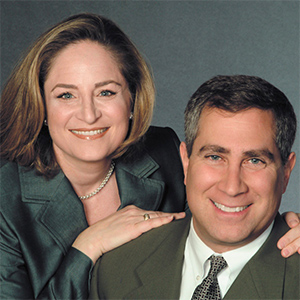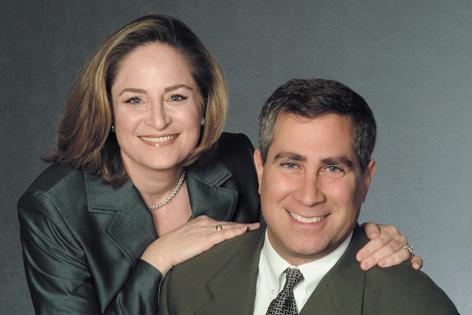Siblings confused about logistics of deceased mother’s life estate
Q: My mother died in 2021, and she created a life estate where my two sisters and I were listed on the deed. Initially we thought we were just added to the deed, but we discovered the information about the life estate recently (we still haven’t sold the house).
We are now in the process of trying to sell the house and are confused about the tax implications because of the life estate and the delay in selling. Would we have to pay capital gains on the sale, and would we use what she purchased the house for, or could we use the value of the house at the time she died? Also, how would we get a value of the house when she died that would satisfy any IRS inquiries after waiting so long to sell? The house was empty, but well maintained after her death.
We all live in Ohio, and we now have someone interested in buying the house. We aren’t sure how to proceed. I appreciate any thoughts on this issue.
A: A life estate gives a person (called the life tenant, or just tenant) the right to use and occupy a property for the duration of their lifetime. Once the life tenant dies, the property passes to another designated person or entity, known as the remainderman.
In your situation, your mother was the life tenant and you and your siblings are the remaindermen.
When you set up a life estate, you allow the life tenant to live in and use the property during their lifetime. Typically, the life tenant cannot sell or mortgage the property, because they don’t own it. But, they must maintain the property and pay property taxes.
Life estates are often used in estate planning to ensure a person can live in a property for life, while designating who will own the entirety of the home after their death. If you change your mind, life estate can be difficult to reverse. And, they can impact a life tenant’s ability to apply for Medicaid benefits because life estates may be considered an asset with monetary value.
If your mom gifted the home to you and your sisters, you would typically use your mom’s cost basis — in other words, what the home cost your mom plus whatever she’s put into the home that the Internal Revenue Service allows you to exclude from federal taxes. This would include the cost of buying the property and any structural or material improvements made during the years of ownership, like a new roof, new plumbing or an addition. You would pay long-term capital gains tax on the difference between your mother’s cost basis and the sales price (minus the sales commission and any other costs of sale).
Had your mother still owned the home (and had not retained the life estate), you and your sisters would be able to take advantage of the stepped-up basis on the home. This means that you’d only pay tax on the difference between the value of the home around the time she died and the sales price.
You’ll want to talk to your tax preparer or someone who has experience with life estates to go over what your mom did, when she did it, and other information about the home to figure out what you and your sisters will owe in taxes, if anything, when you sell the home.
========
(Ilyce Glink is the author of “100 Questions Every First-Time Home Buyer Should Ask” (4th Edition). She is also the CEO of Best Money Moves, a financial wellness technology company. Samuel J. Tamkin is a Chicago-based real estate attorney. Contact Ilyce and Sam through her website, ThinkGlink.com.)
©2024 Ilyce R. Glink and Samuel J. Tamkin. Distributed by Tribune Content Agency, LLC.

































Comments